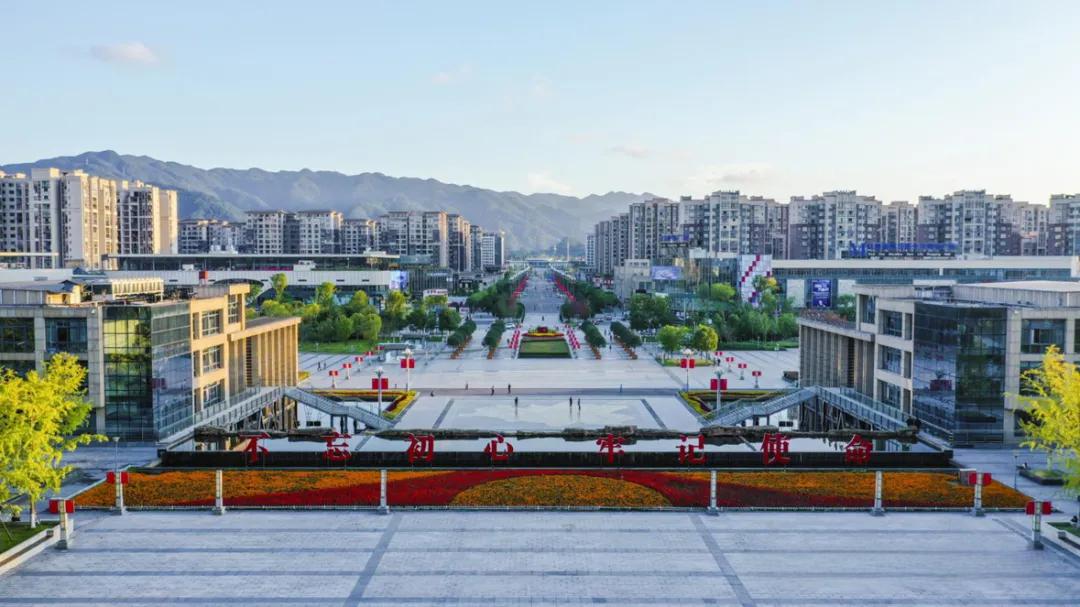Liangping was historically known as Liangshan. It was established as a county in 553 AD, renamed Liangping in 1952, and was abolished as a district in December 2016. “Wanshi Gengchun” has been a famous scenic spot in Liangping since ancient times. It is a true portrayal of Liangping’s brilliant and glorious agricultural civilization. It has nurtured five national intangible cultural heritage projects, namely Liangping bamboo curtains, Liangshan lantern opera, woodblock New Year paintings, Laizi gongs and drums, and Taierdiao. It is the district with the most intangible cultural heritage projects in the Han area of the country. “Zen giant” Poshan Haiming founded the “Shuangguitang”, the ancestral temple of Southwest Zen Buddhism, and “Millennium True Confucian” Lai Zhide’s achievements in “Book of Changes” are “unprecedented since Confucius”, and “China’s first man in space” Yang Liwei has been training at Liangping Airport for nearly 6 years.
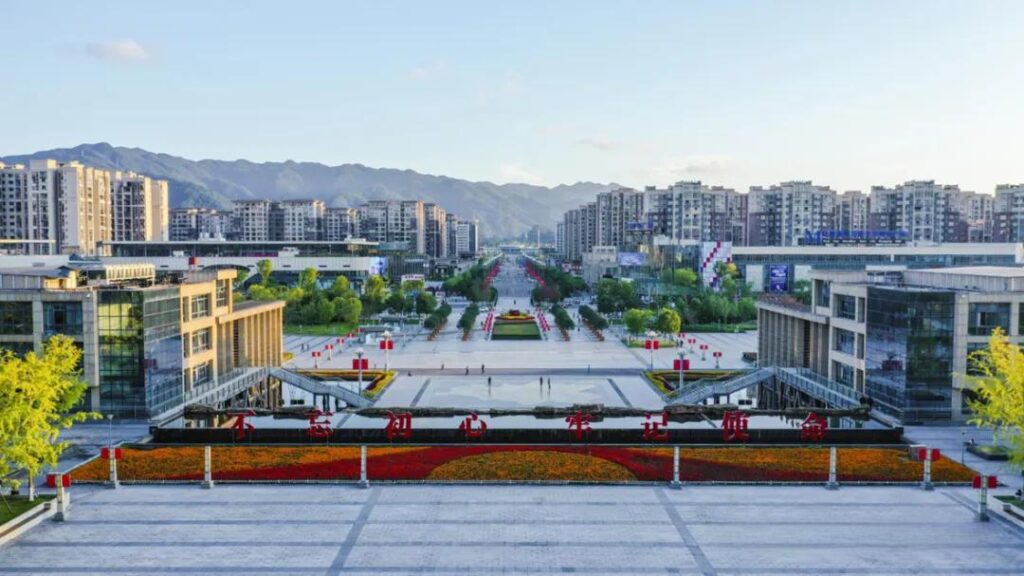
Liangping has thousands of miles of fertile fields and vast green farmland, and is known as the “Little Paradise”. The great poet Lu You praised it, saying “The people of Liangping are the only ones who have no sufferings. When it is sunny, it is sunny, and when it is rainy, it is rainy.” It has successfully established itself as an international wetland city, a national forest city, and a natural oxygen bar in China.
1、Liangping Shuanggui Lake National Wetland Park
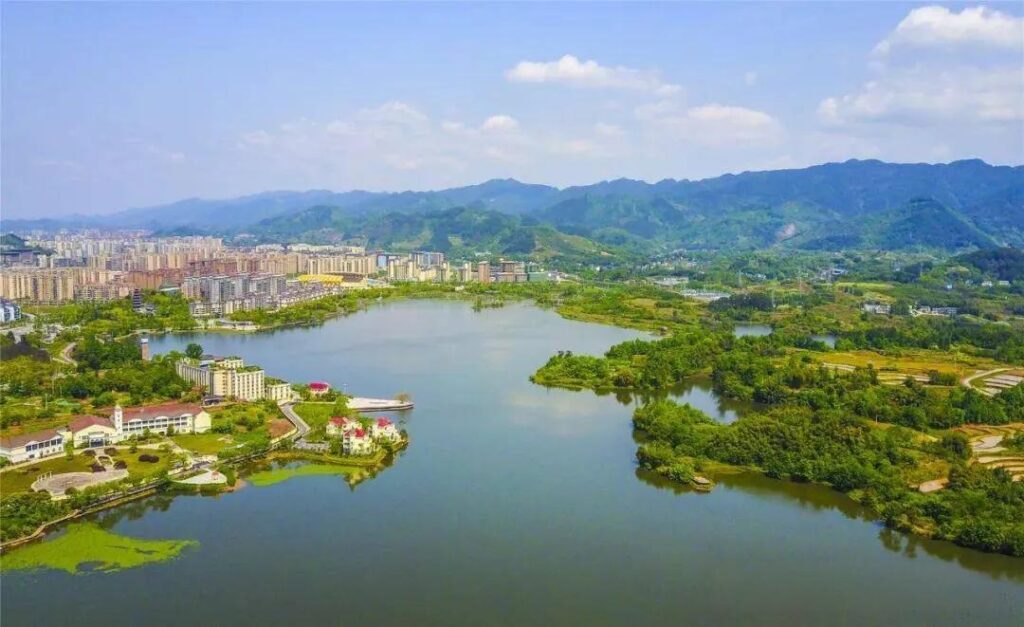
Liangping Shuanggui Lake National Wetland Park is located in Zhangqiao Community, Liangping District, Chongqing. It is adjacent to the Sports Park of Liangping District, Chongqing in the east, Zhubo Park of Liangping District, Chongqing in the west, the Chongqing-Wanzhou High-speed Railway and Huishui tributary in the south, and the New City District of Liangping District, Chongqing in the north. It is the second largest urban freshwater lake in Chongqing. The park has a total planned area of 323.88 hectares, of which the wetland area is 134.7 hectares, accounting for 41% of the total planned area of the park. It is a composite wetland ecosystem composed of rivers, lakes, rice fields, etc., with a complementary scenic resource system of estuarine wetlands and Shuanggui Lake reservoir landscapes.
2、Shuangguitang
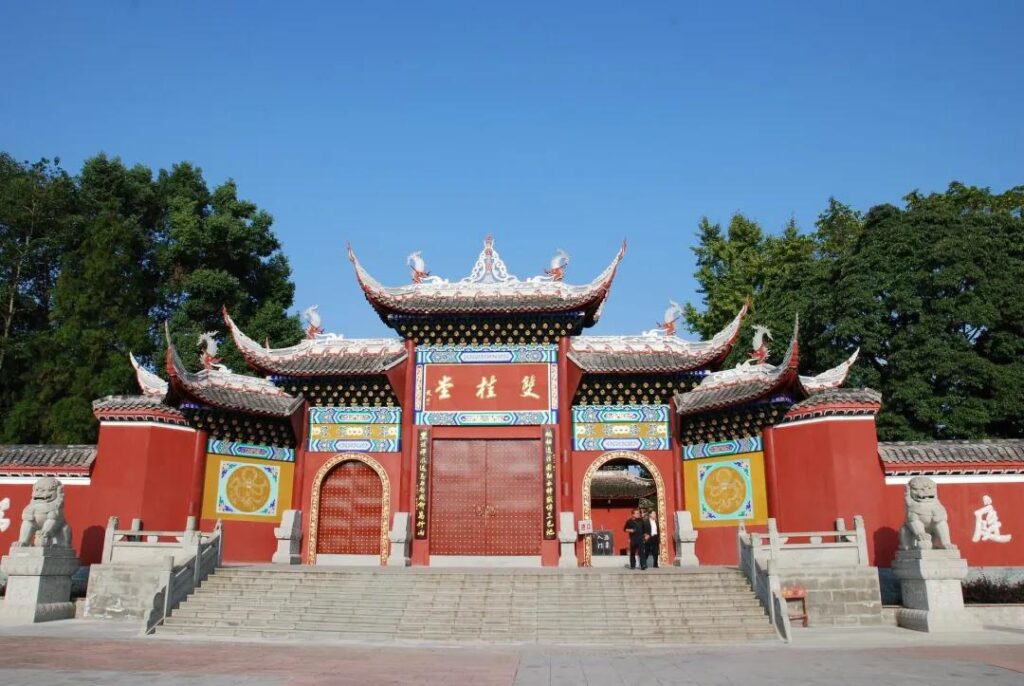
Shuanggui Hall is located in Wanzhu Mountain, Jindai Town, Liangping District, Chongqing. Shuanggui Hall was built in the 18th year of Shunzhi in the Qing Dynasty (1661), covering an area of about 70,000 square meters. In 1983, it was designated as a national key Buddhist temple in the Han area by the State Council; in 2013, it was selected as the seventh batch of national key cultural relics protection units, and in 2015 it was selected as a cultural attraction in the category of the 12 scenic spots of New Chongqing Bayu. Shuanggui Hall has a high status in the Buddhist community and is revered as the “ancestral home of Zen Buddhism in the southwest”. It has a significant status in the Buddhist community in China and Southeast Asia. It is known as the “first of the southwest forests”, “the first Zen forest”, and “the giant of the sect”. The modern famous calligrapher, painter, and Buddhist scholar Master Zhuchan also served as the tenth abbot of Shuanggui Hall.
3、Huashizhai
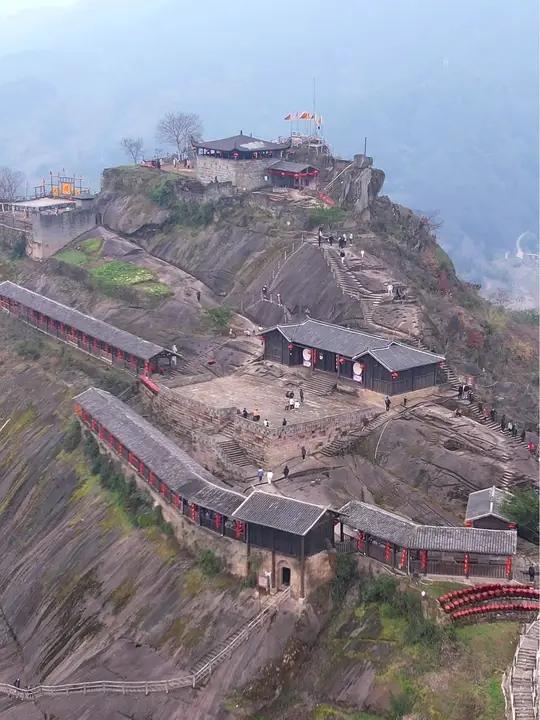
Huashi Village is located in Group 3, Huashi Village, Jindai Town, Liangping District, Chongqing City, less than 3 kilometers away from Liangping Shuanggui Hall, the ancestral home of Zen Buddhism in the southwest region. The ancient village is located on the top of a spindle-shaped isolated peak that rises from the ground. The mountain is surrounded by steep cliffs, and there is only a stone staircase carved from the cliff to go up the mountain. Due to the extremely dangerous terrain, the ancient village still preserves the ancient watchtowers, village gates, stone halls and other relics intact; it is known as the “ancient village on the stone”.
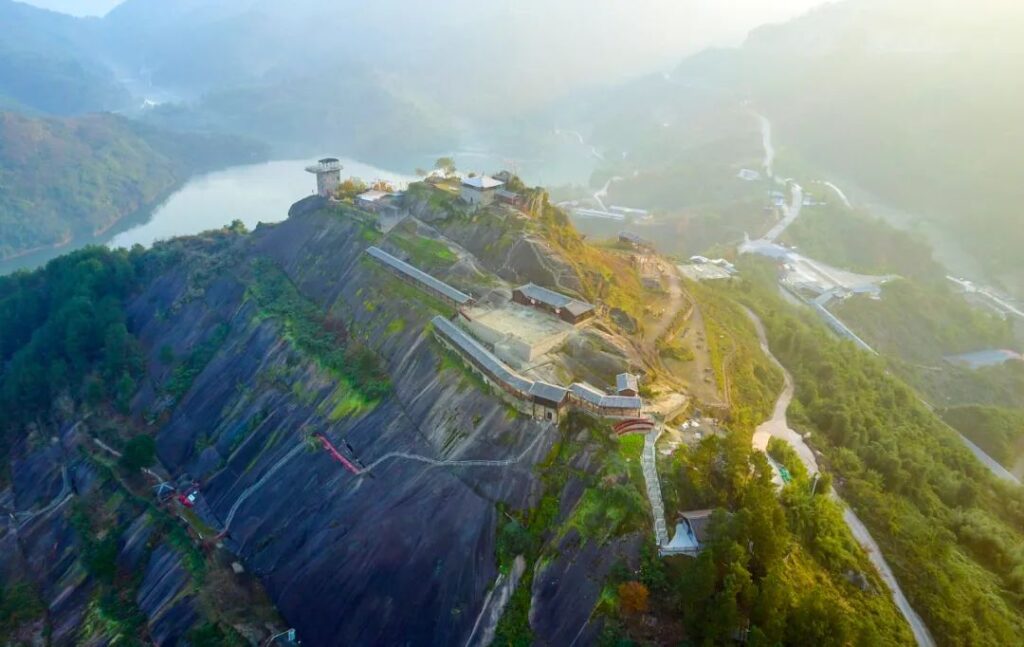
In 2015, Huashiguzhai was successfully established as a national 3A-level tourist scenic spot. On June 14, 2017, Liangping District Huashiguzhai Scenic Spot was officially rated as a national 4A-level tourist scenic spot by the Chongqing Tourism Scenic Spot Quality Rating Committee.
4、Liangping Dongshan National Forest Park
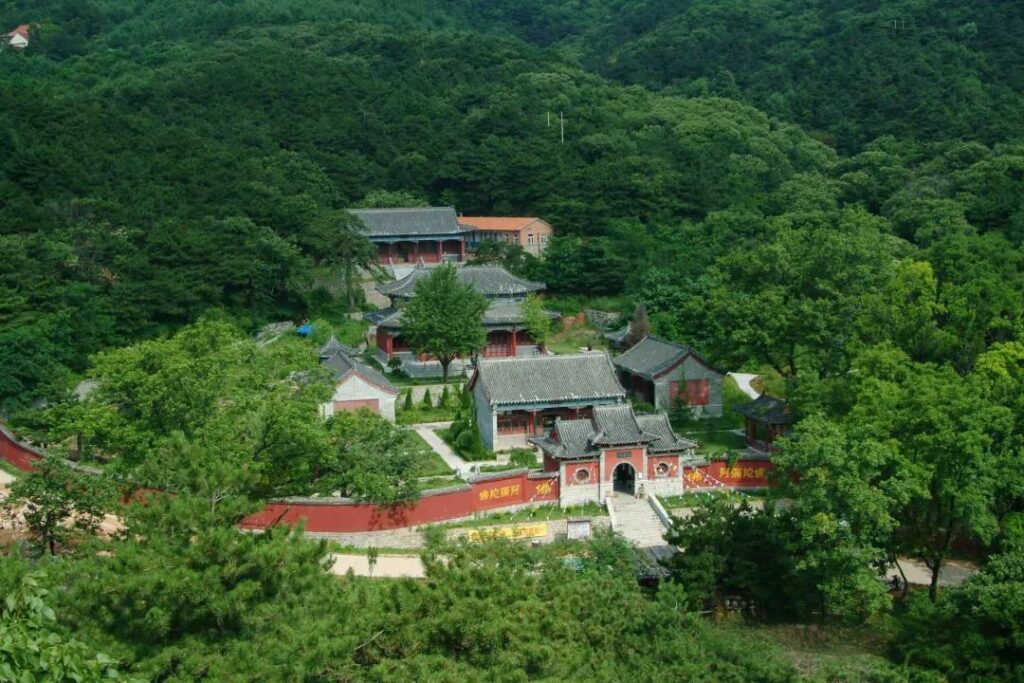
Liangping Dongshan National Forest Park, a national popular science education base, is located in the southeast of Liangping County, Chongqing, about 180 kilometers from the main urban area of Chongqing and 60 kilometers from Wanzhou. The Chongqing-Yibin Expressway and National Highway 318 pass through the scenic area. It is a natural scenic area with both forest and lake types. It was officially approved by the State Forestry Administration in 2001. Dongshan Forest Park has a total area of 3,780 hectares. The scenic area has dense forest vegetation, rich trees, shrubs and grass vegetation, and outstanding characteristics of mountain and water integration. It combines “majestic, strange, beautiful, secluded and wild” in one, with magnificent mountains, unique forests, wonderful water, strange caves and mysterious fog. It is a forest park that integrates natural landscapes with mountain village culture, temple culture, historical legends, modern orchards, ecology and other humanistic spirits. It is an important part of the “Yangtze River Three Gorges International Golden Tourism Belt”.
5、Liangping Museum
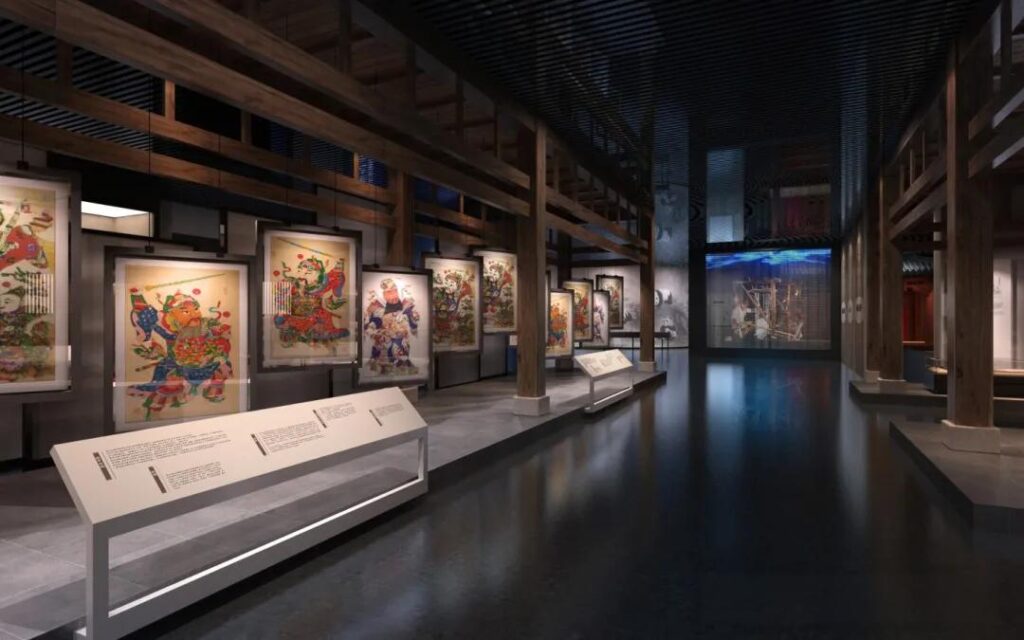
The Liangping Museum has a construction area of more than 3,300 square meters and an exhibition area of about 2,200 square meters. It is divided into four exhibition halls: the introductory hall, the history hall, the intangible cultural heritage hall and the temporary exhibition hall. It systematically displays Liangping’s historical culture, farming culture, ancient village culture, Zen culture, anti-Japanese war culture, Yixue culture and intangible cultural heritage culture, etc., with a total of more than 300 cultural relics on display.
6、Baili Bamboo Sea Scenic Area
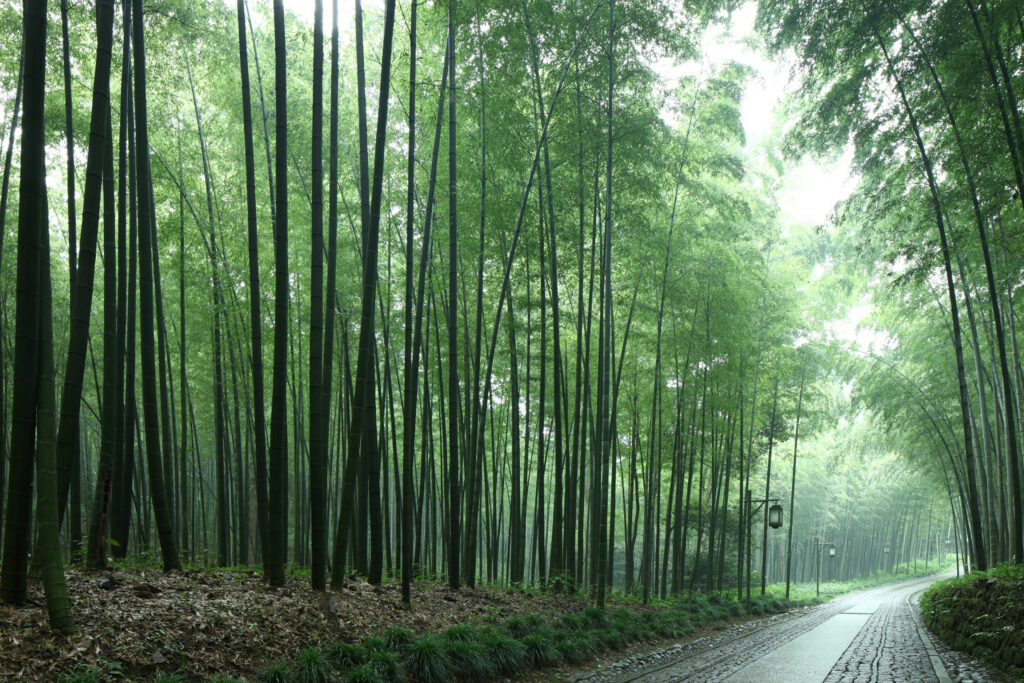
Liangping Bamboo Sea is known as the “Bamboo Museum” for its bamboo culture. It is an important scenic spot in western my country. Liangping Bamboo Sea is known as the “Shunan Bamboo Sea Scenic Spot” in Yibin and the “Jinfo Mountain Scenic Spot” in Nanchuan. It is worth visiting for its bamboo sea stretching for hundreds of miles, its unique terrain of a trough between two mountains, and its complete landscape resources of mountains, water, forests, caves, waterfalls and stones. This place is also the place where the Sichuan Workers and Peasants Red Army once fought. There are many historical relics and heroic stories left behind.
7、China Liangping Youhai Scenic Area
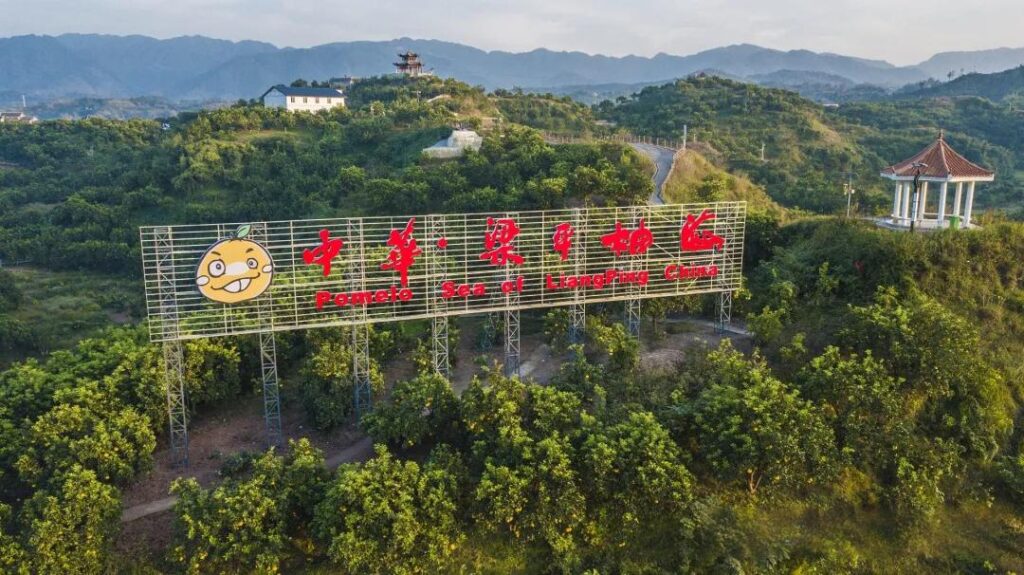
The China Liangping Pomelo Sea Scenic Area is located in Longtan Village, Hexing Town, Liangping District. The total area of the scenic area is about 1.1 square kilometers. It is one of the main production areas of Liangping pomelo, one of the “three famous pomeloes in China”. The scenic area is mainly composed of scenic spots and facilities such as the Pomelo Sea Sightseeing Trail, the Gongyou Ancient Trail Area, the Centennial Pomelo Area, the Ruifeng Pavilion, the Diao Family Courtyard, and the “Three Centers”. It is a rural ecological science theme tourist scenic area that integrates agricultural experience, pomelo industry processing, pomelo cultural display, sightseeing and picking, catering and accommodation.
8、Liangping Sichuan Fishing Village Scenic Area
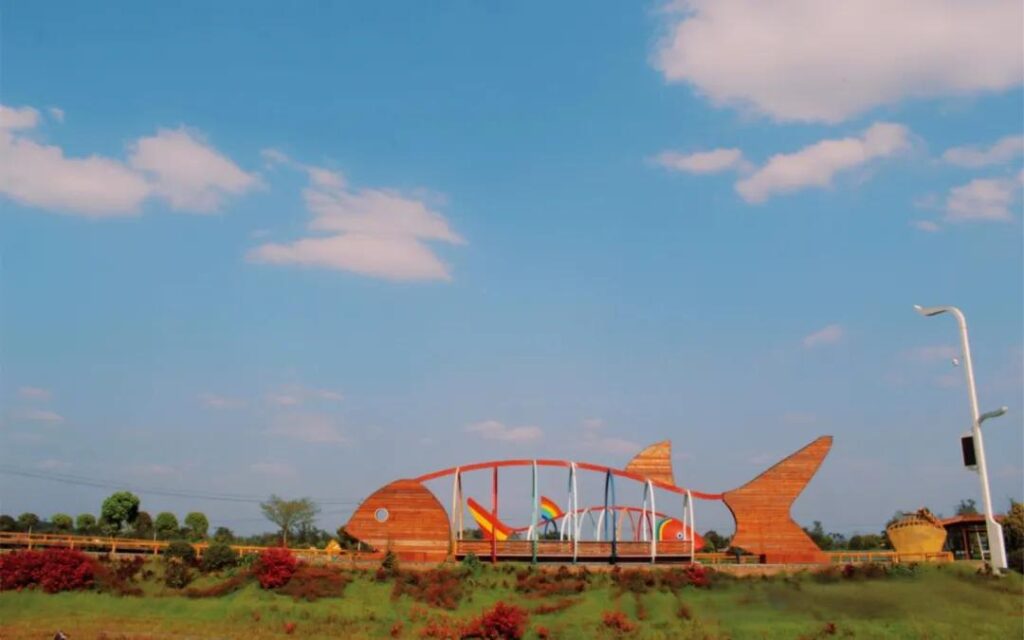
The Liangping Chuanxi Fishing Village Scenic Area is located in Chuanxi Village, Lirang Town, Liangping, Chongqing. The “Chuanxi Fishing Village” leisure fishery park has four areas, namely, the fishing science display area, the fishing fire culture experience area, the fishing fun tourism expansion area, and the fishing family holiday leisure area. It is a comprehensive leisure and ecological tourism scenic area that integrates the diversified agricultural, cultural and tourism, and integrates the fishing industry, fishing culture display, technical training, leisure sightseeing, catering and accommodation.
9、Shimashan Park

Shimashan Park is located at the southern end of Shima Road (Erheng Street) in Liangping District, Chongqing City. It is connected to the Ring Road and faces the Yuyi Expressway to the north. The park is named “Shimashan” because of its horse-like shape. It is one of the “Eight Scenic Spots of Liangshan” and is full of natural and historical charm. The park covers an area of 260 acres, with a maximum altitude of 562.84 meters and a minimum altitude of 468.3 meters. The relative height difference is 94.54 meters, like a three-dimensional green painting. The park is divided into seven scenic spots, each with its own unique charm. In this green ocean, the perennial vegetation is lush and the trees are shady, providing a natural oxygen bar for the citizens. There are many scenic spots and functional areas such as Shima Guiyun and cultural leisure in the park, and every corner is full of poetry and beauty. In addition, there are bells of Mingzhong Temple in the park, which linger in the mountains. Every time it rings, it seems to tell a thousand-year story, making people feel as if they are in the long river of history.
10、The Difficult Road to Shu – Hundred Steps Scenic Area
Climb the thousand-year-old ancient post road and feel the ancient vicissitudes… Take a walk in the Shudaonan·Hundred Steps Scenic Area, which can not only cool you down and relieve the summer heat, but also make you unable to help but think about the past!
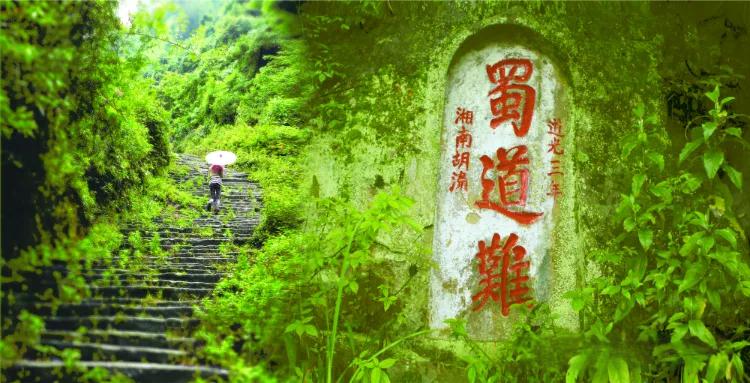
The Difficult Road to Shu·Hundred-Step Ladder Scenic Area is located in Panlong Town, Liangping District. It has natural and cultural landscapes such as Panlong Ancient Cave, Ancient Post Road, Couple Ginkgo, Fangweng Gorge, Yaquan Waterfall, Douda Huangjing, White Rabbit Pavilion, Feilian Pavilion, Cliff Carvings, Wannian Temple, celebrity statues, and poetry and prose steles. It is currently being accelerated in accordance with the national 4A-level tourist scenic spot standards.
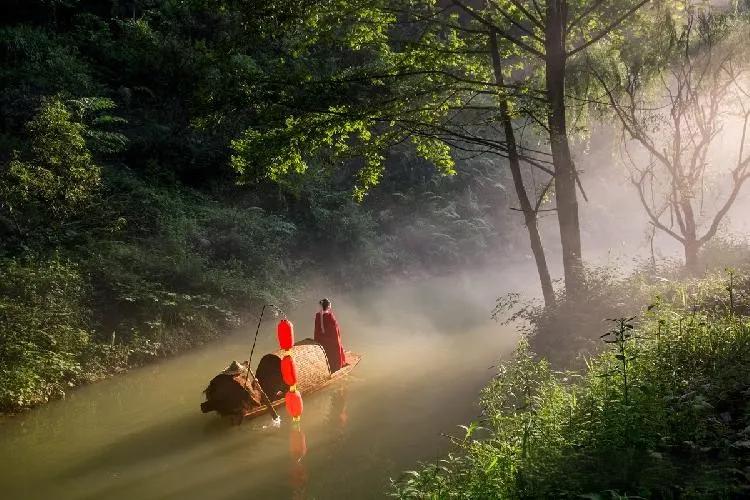
Panlong Ancient Cave is one of the “Eight Scenic Spots of Liangshan”. The scenic spot is close to National Highway 318 and is located next to the Panlong section along the “Second Ring Road”. Panlong Ancient Cave is one of the four largest Panlong Ancient Caves in China. The thousand-year-old ancient post road “Shu Road” and the beautiful mountains and rivers complement each other, telling tourists from all over the country one magical story after another, such as Lu You’s three visits to the village girls in Panlong Cave and Zhang Xianzhong’s three battles in Liangshan.
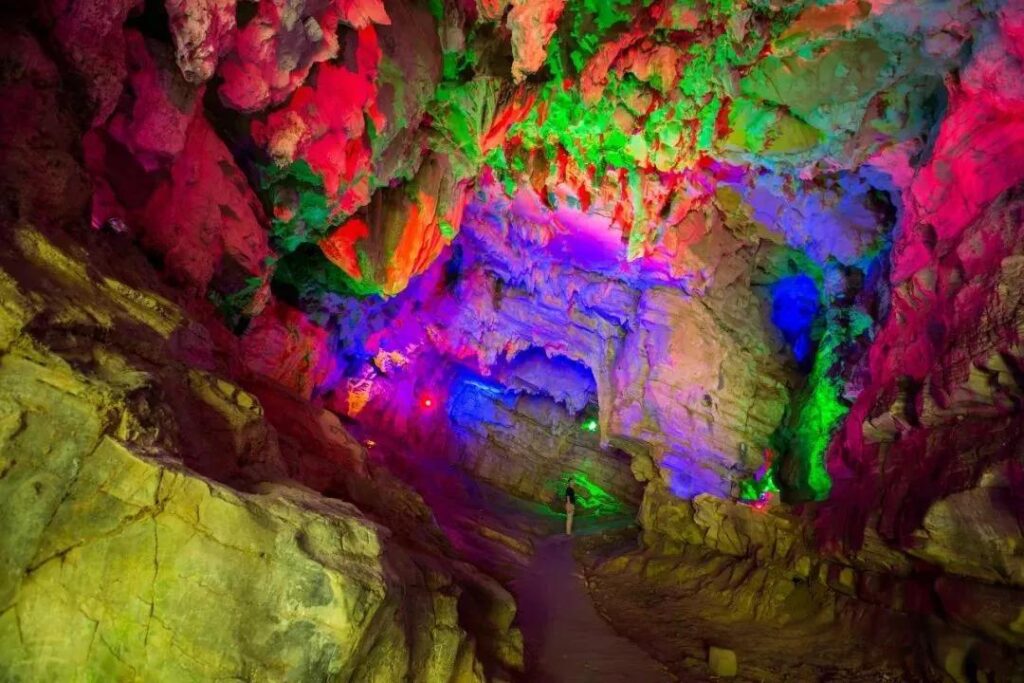
In addition to visiting the ancient cave, you can also eat and relax in the cave. The average temperature on the mountain is several degrees lower than that at the foot of the mountain, so those who like camping can set off safely!

